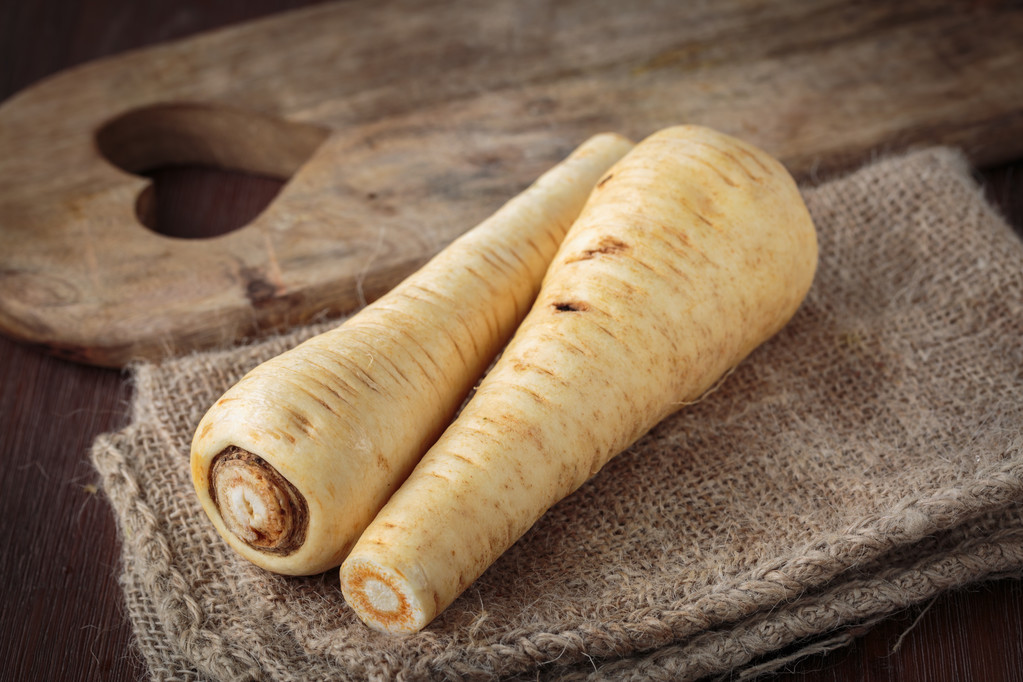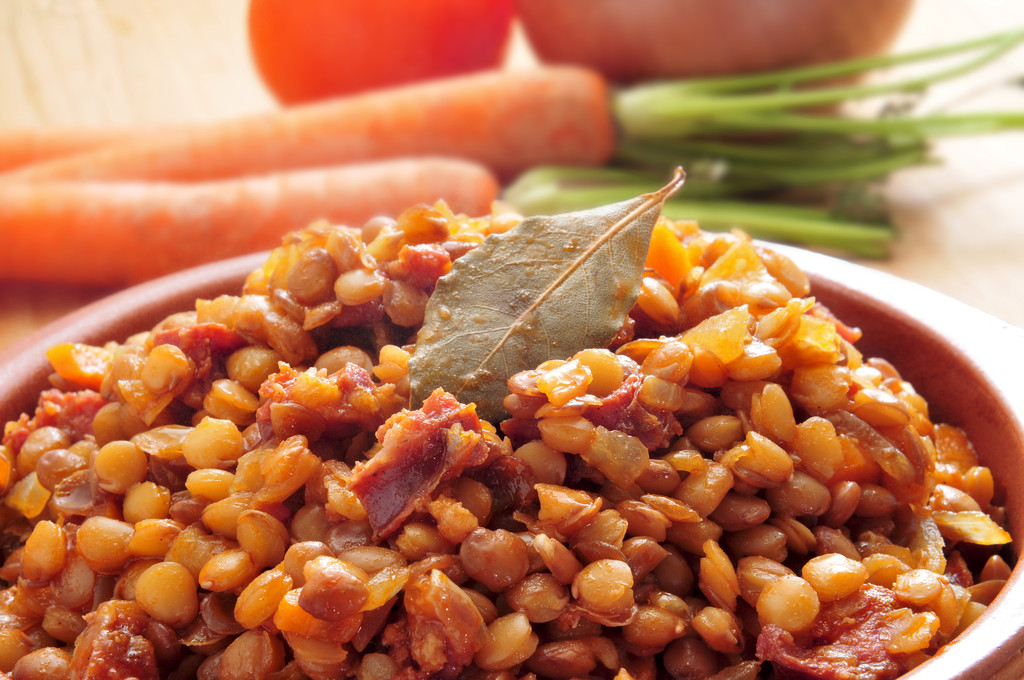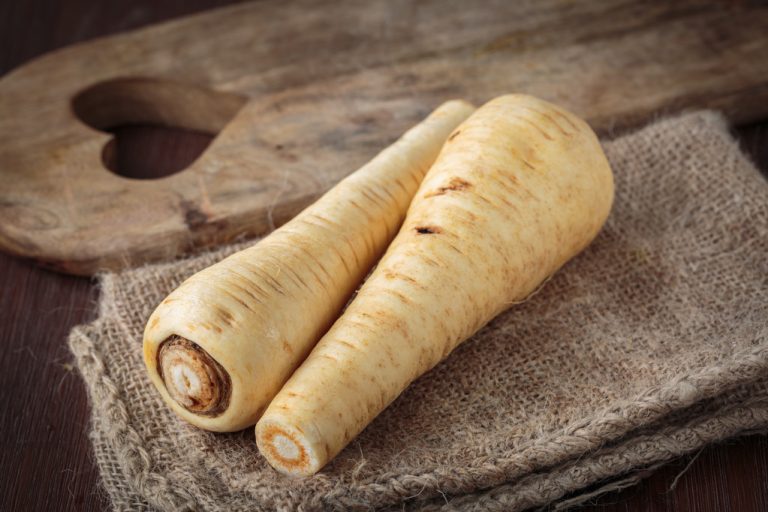Oligosaccharides are sugars that are good for health. Here you can read what they do and why they can cause problems with irritable bowel syndrome.

Oligosaccharides – why not all sugars are sweet
Oligosaccharides is the technical term for multiple sugars. Because the sugar molecules, the so-called saccharides, can join together to form long chains almost as often as you like. Depending on the number of connections, there are double, triple or even multiple connections.
Oligo is Greek and means few – in contrast to the polysaccharides, which are made up of even longer chain molecules. According to DocCheck, oligosccarids can have three to a maximum of ten sugar compounds. However, both terms are not so clearly separated from each other scientifically. Thus, in the technical literature, polysaccharides can also be used as a collective term, which then also includes the oligosaccharides.
Only short sugar compounds really taste like sugar. Oligosaccharides are longer and therefore not really sweet anymore. They are not found in table sugar, but in carbohydrates. All carbohydrates are made up of sugar compounds, which vary in length and are connected to other elements.
These foods contain oligosaccharides
These more complex structures of carbohydrates from oligosaccharides are found almost exclusively in vegetables.
Legumes: According to the medical portal Onmeda, the carbohydrates in legumes such as beans, peas, lentils consist of oligosaccharides.
Soybeans are also legumes. According to the Transgen database, they contain the oligosaccharide stachyose.
Milk: In its “Nutritional assessment of milk and milk products” the Max Rubner Institute also mentions the oligosaccharides that are found in small amounts in cow’s milk. Compared to milk sugar, lactose, the oligosaccharides play a subordinate role here. Unlike in breast milk. It contains significantly more oligosaccharides that help the baby build up the intestinal flora.
Oligofructose: Spectrum of Science explains that oligofructose also belongs to the oligosaccharides. These multiple fructose occur, among other things, in a plant-based dietary fiber, inulin. Jerusalem artichokes, parsnips and salsify are rich in inulin.
Oligosaccharides – their healthy side
The stomach and intestines need a little longer to digest the oligosaccharides. Simple sugars, such as glucose, immediately provide energy and are quickly digested. The intestine must first split the more complex structures of the multiple sugars into their individual molecular chains, the simple sugars. On the other hand, the energy from oligosaccharides is available for longer than with the short-term energy boost from a piece of glucose.
In order to keep the sugar level in the blood at a healthy level, polysaccharides in carbohydrates are necessary. The German Society for Nutrition recommends that carbohydrates should provide 50 percent of the energy required. You can achieve this with a balanced wholesome diet. This includes beans and lentils as well as fruit, vegetables and whole grain products.
The oligofructoses such as inulin are important for the healthy intestinal flora. The human organism lacks the digestive enzymes for these fructose compounds. They therefore pass through the intestinal tract undigested as roughage. Only the intestinal bacteria in the large intestine ferment the oligofuctose into nutrients. The good intestinal bacteria such as the bifidus bacteria in particular prefer these polysaccharides. Sektrum der Wissenschaft reports on the prebiotic effect of oligofructoses by serving as food for probiotic bifidus bacteria.

Why oligosaccharides are problematic
Bean vegetables or a lentil soup fill you up for a long time and are proven to be healthy. Nevertheless, they are not among the favorite foods for many – because of the unpleasant side effects.
Gas builds up in the intestines after a meal, which can lead to flatulence. The digestive enzymes release the gases as they break down the oligosaccharides into their component parts. It is similar for the intestinal bacteria with the oligofructoses, they also release the gases in the intestine.
If your gut is healthy, you have little to do with such side effects. It is different with an irritated intestine. This can result in severe flatulence, diarrhea or abdominal pain.
According to doctors, the reason for this is the so-called “fodmaps”. Fodmap stands for “Fermenting Oligosaccharides, Disaccharides, Monosaccharides and Polyols”. Basically, it is sugar and carbohydrates in food that can be responsible for the symptoms of IBS. In the Fodmap diet you should avoid such foods.
The only problem is that the food industry adds oligosaccharides to many foods that actually have nothing to do with the natural occurrence in vegetables:
Maltodextrins, i.e. starch molecular chains cut up by enzymes. These malto-oligosaccharides are found in foods and beverages and are intended to make them sweeter or to replace natural fats. These oligosaccharides thicken sauces or cream fillings, for example. Isotonic drinks enrich the oligosaccharides with carbohydrates.
Netdoktor reports that food manufacturers use inulin oligosfructose in prebiotic foods to improve the intestinal flora. In diet foods, they should reduce the calories and fat content and provide more fiber. Here you will find them in all types of food, from sausage to yoghurt and fruit juice.

